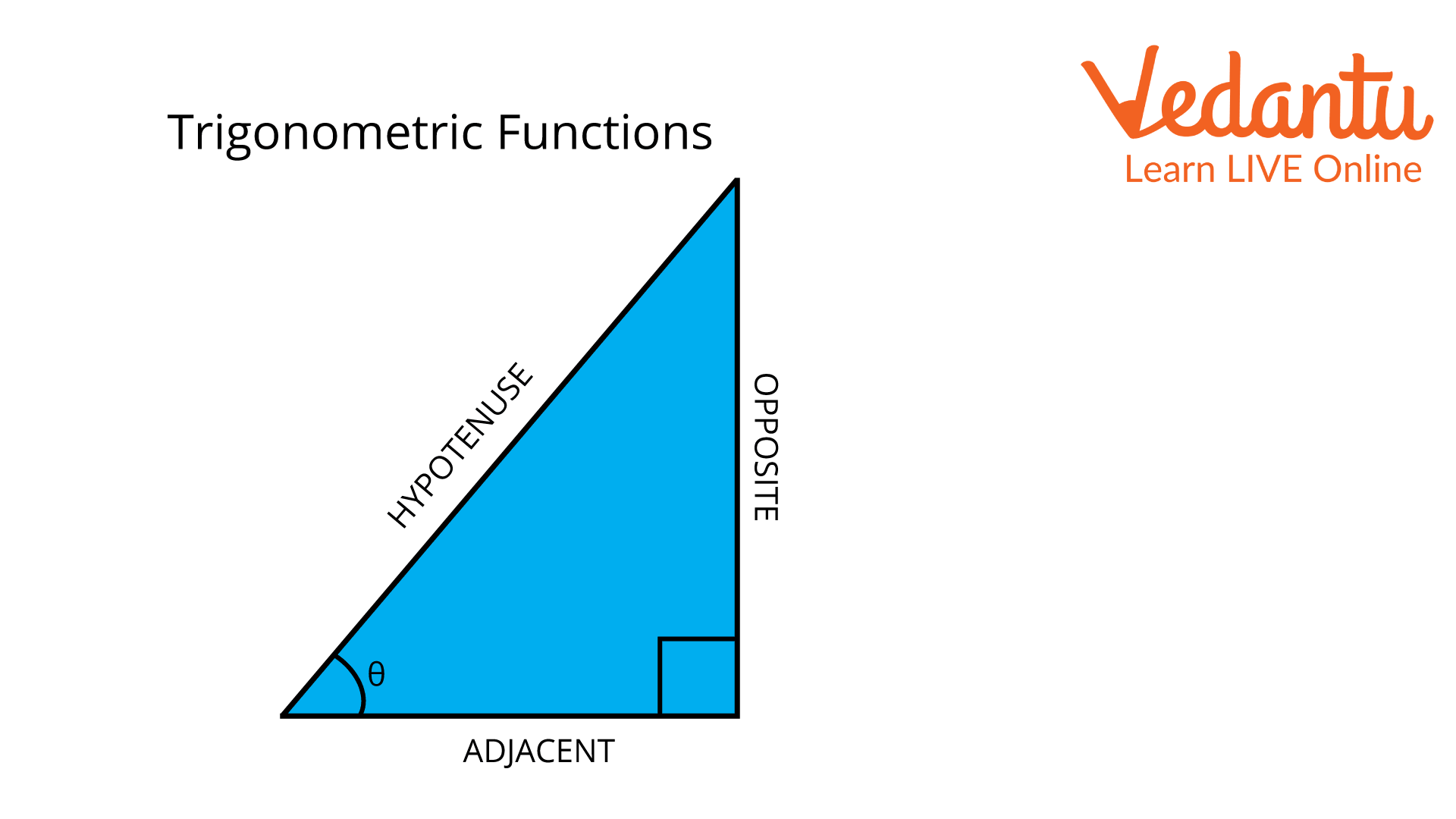




Introduction
Simply put, trigonometric functions—also called circular functions—are the functions of a triangle's angle. This means that these trigonometric functions provide the relationship between the angles and sides of a triangle. The fundamental trigonometric functions are sine, cosine, tangent, cotangent, secant, and cosecant.
We need to know trigonometric ratios to get a clear view of the compound angles.
Angles
An angle is created when two rays are united at a common point. The two rays are referred to as the arms of the angle, while the common point is the node or vertex. The symbol "
Typically, an angle is measured with a protractor and expressed in degrees. Here, several angles are shown at 30 degrees, 45 degrees, 60 degrees, 90 degrees, and 180 degrees. The angles' degrees values determine the many types of angles.
Angles can be expressed in terms of pi (
Trigonometric Ratios
The ratios of the triangle's side lengths are known as trigonometric ratios. These ratios explain how the ratio of a right triangle's sides to each angle works in trigonometry. The sin, cos, and tan functions can obtain the other significant trigonometric ratios, cosec, sec, and cot.
Trigon, which means "triangle," and metrôn, which means "to measure," are the roots of the term "trigonometry." It is a field of mathematics that examines how a right-angled triangle's angles and sides relate to one another.

Trigonometric Functions
Trigonometric Identities
Trigonometric Identities come in handy whenever trigonometric functions are incorporated into an expression or equation. For every value of a variable appearing on both sides of an equation, a trigonometric identity is true. These trigonometric identities involve one or more angles' sine, cosine, and tangent.
What are Compound Angles?
An algebraic sum of two or more angles can define the compound angle. Compound angles represent different trigonometric identities.
Compound angles are denoted using trigonometric identities. Compound angles can be used to compute the fundamental operations of finding the sum and difference of functions.
Formula of Compound Angles
The formula for trigonometric ratios of compound angles is given below:
Questions on Compound Angles
Question 1: If
Solution:
According to the given question,
First we need to find out
We need to find out
Now, we can find out
Question 2: Determine the value of
Solution:
According to the given question, we need to find the value of
Question 3: If A, B, and C are angles of a triangle, then prove that
Solution:
According to the given question, we know A, B, and C are the angles of a triangle,
Then,
Hence, proved.
Conclusion:
Trigonometry was developed to solve problems and take measurements involving triangles. Trigonometry is a tool used by meteorologists, engineers, scientists, engineers, engineers, engineers, and navigators. It is referred to as sum and difference formulas in American mathematics, but it is known as compound angles in British Mathematics. Trigonometric functions are utilised to obtain consistent results, including compound angles, trigonometric ratios, and multiple angles.
FAQs on What are Compound Angles?
Ques1: What are the different ways of naming an angle?
An angle can be named in one of three ways: by its vertex, three points, or a letter or number written inside the angle's opening.
Ques2: Who discovered the angle?
Eudemus used the first idea, viewing an angle as a departure from a straight line; Carpus of Antioch used the second idea, viewing an angle as the distance or space between intersecting lines; and Euclid used the third idea.
Ques3: Why are angles important in the real world?
They are used by carpenters to make exact measurements for building doors, seats, tables, etc. Athletes use them to measure throw lengths and improve their athletic performance. Engineers use angle measurement to build structures such as buildings, bridges, homes, monuments, etc.











